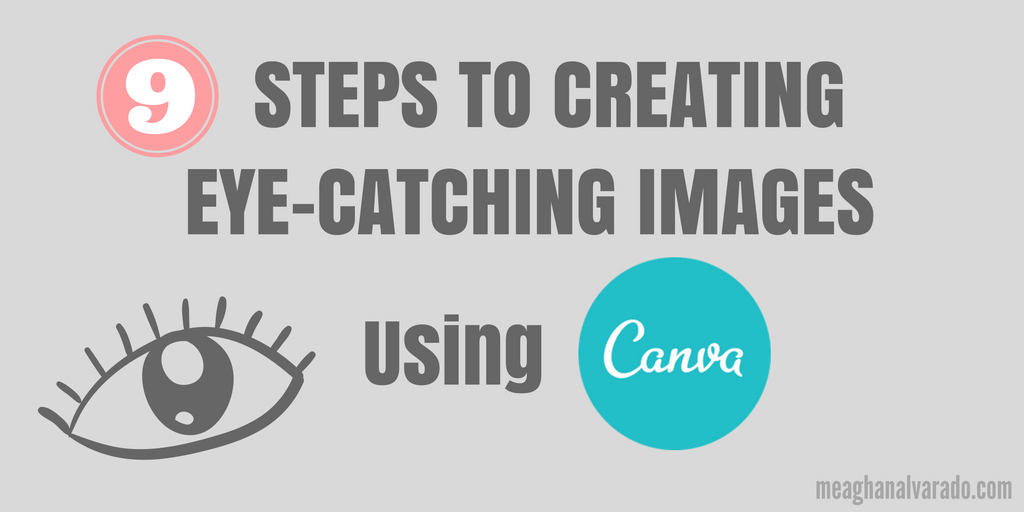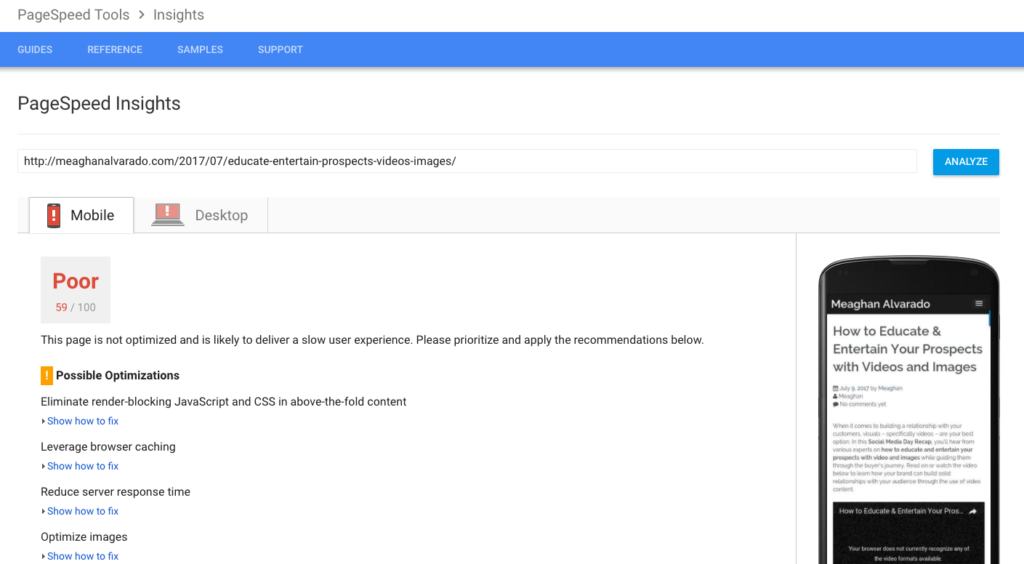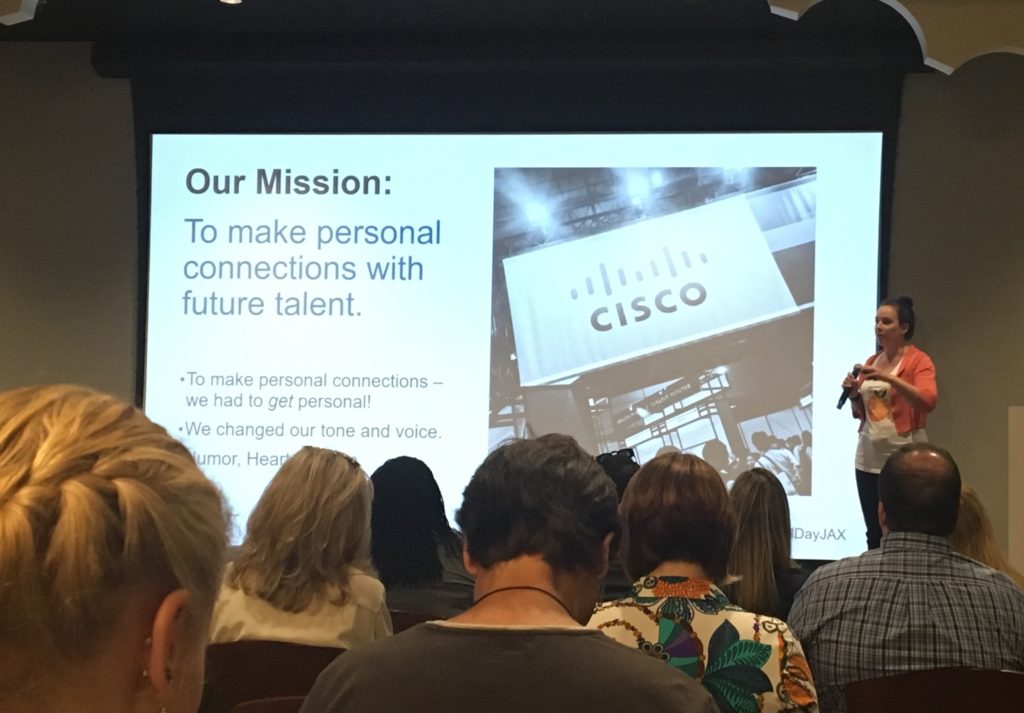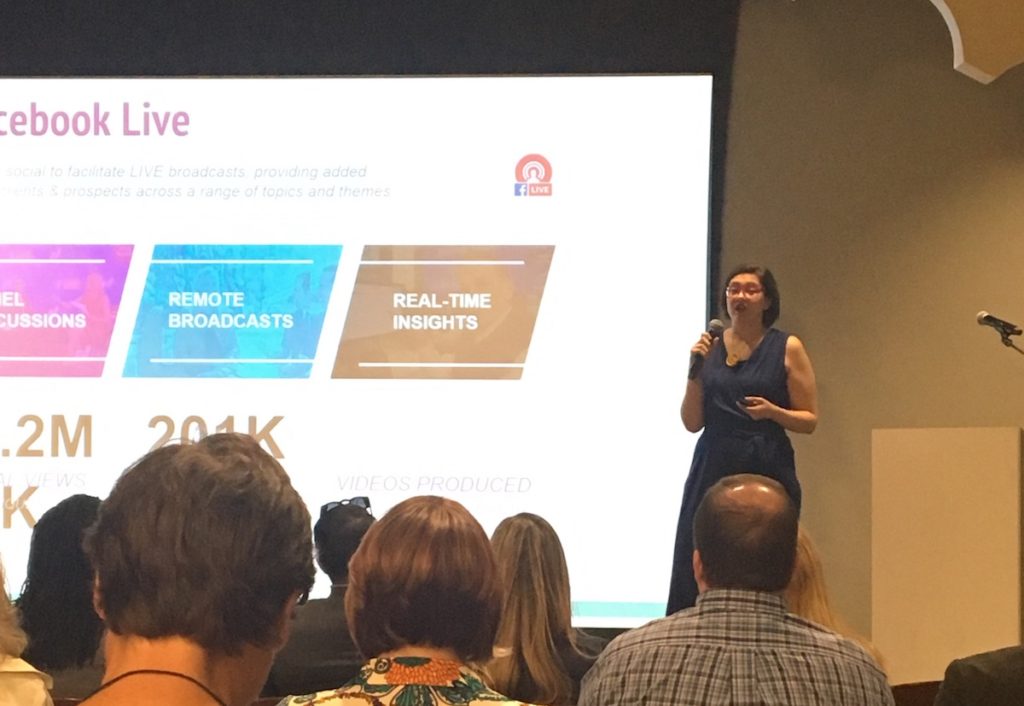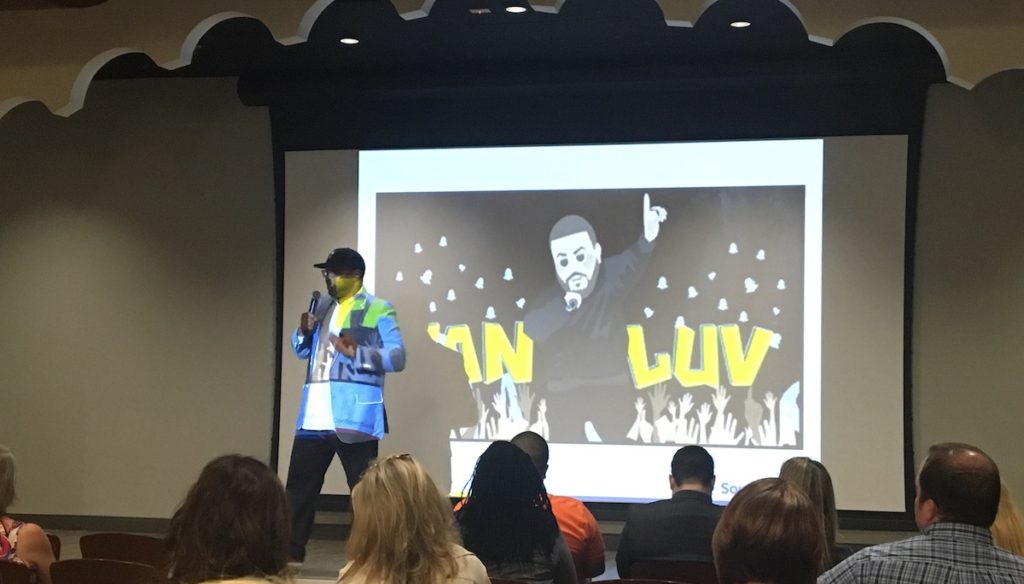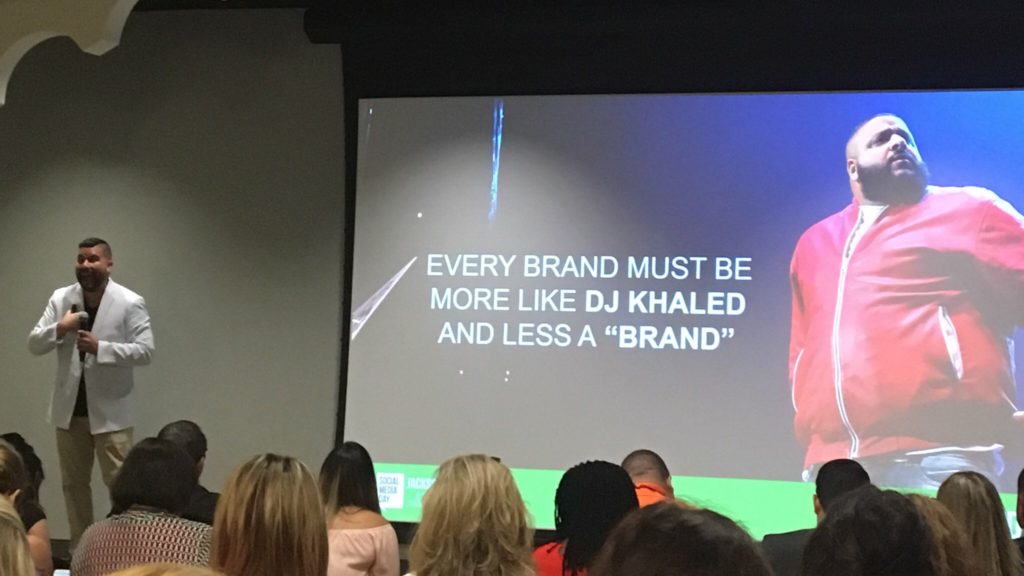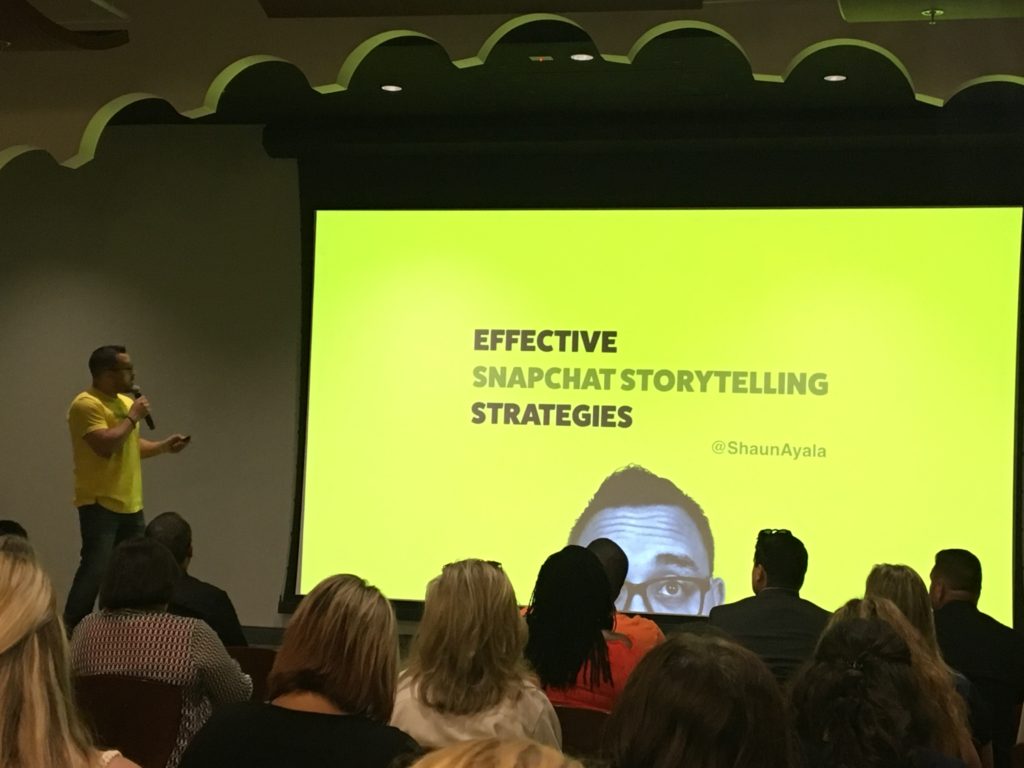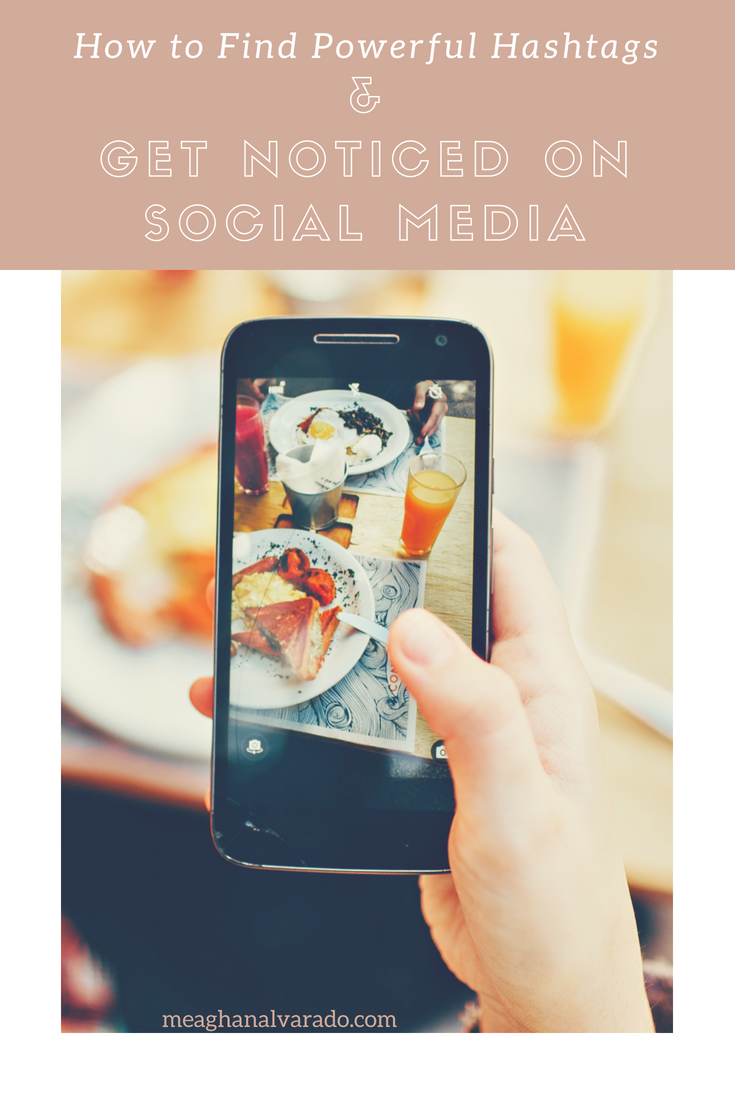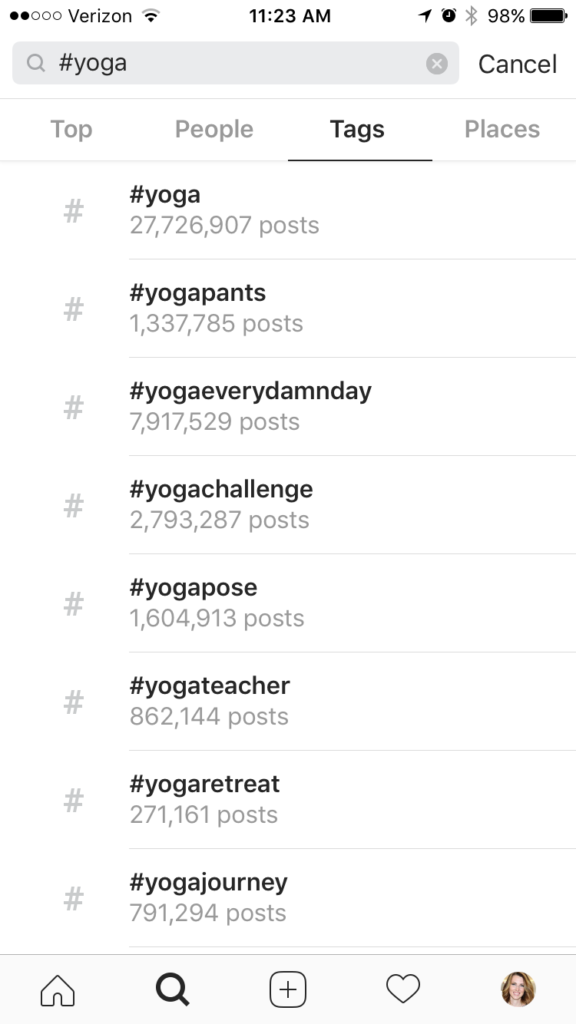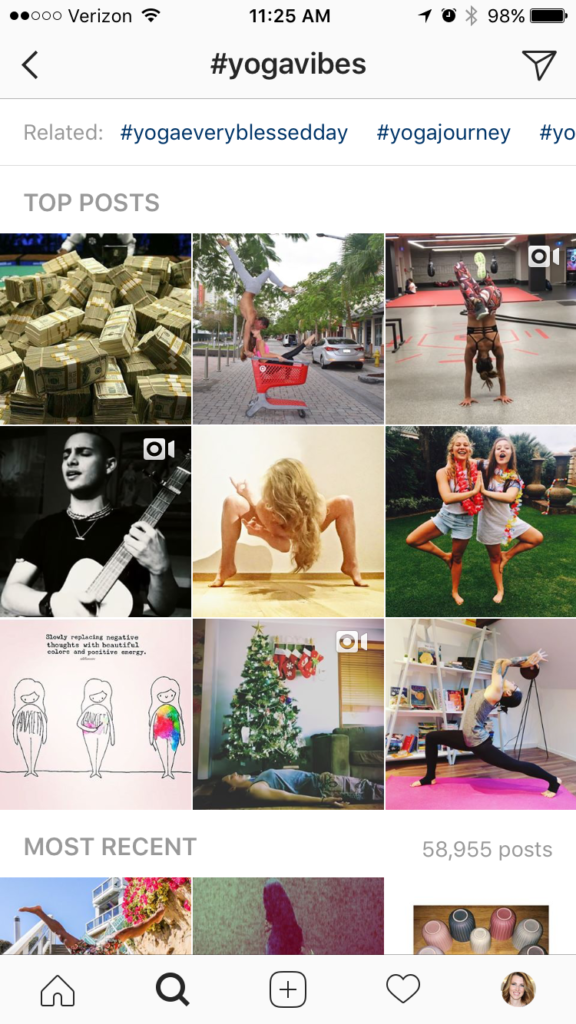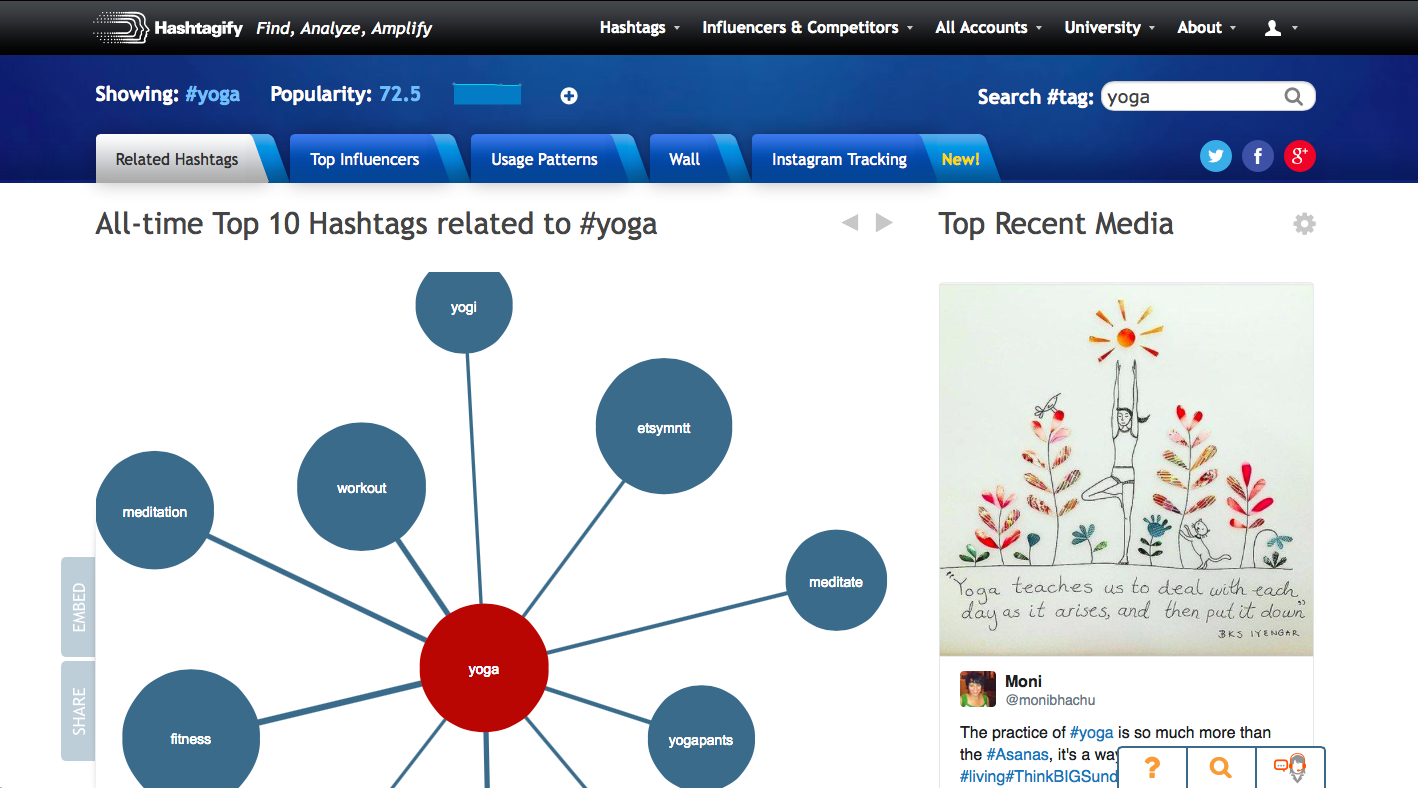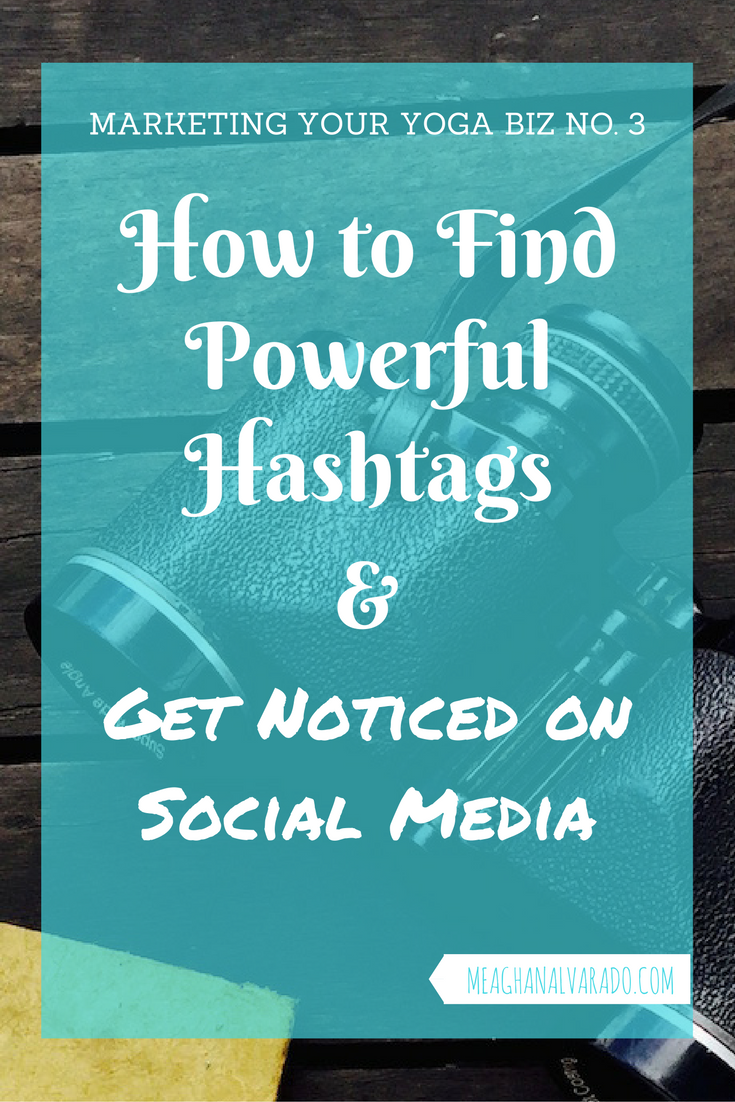10 Ideas to Improve Your Local Social Media Marketing
Restaurants, retail stores, and many service-based companies rely on local customers to succeed in business. If you’re seeing more social media engagement from people across the country than from those in your region, your approach may require some tweaks.
According to Clutch, 24% of small businesses have yet to use social media. Even though this number is relatively low, I’m still shocked. They’re missing a massive opportunity by not having a social media presence, especially if they don’t have a website up either.
Search “restaurants near me” on Google, and it’s likely that many of the results on the first page are from Yelp, OpenTable, or Facebook. A video from YouTube – the second largest search engine after Google – may have a spot there too.
Ready to reach more local customers? Below I list ten ways to use local social media marketing to benefit your small business.
Targeting a Local Audience on Social Media
When creating a Facebook Page, adding the minimum information and starting to post content without a strategy is NOT the way to approach social media.
The insights I’m sharing about local social media marketing are the same tactics I use when managing social media accounts for clients whose success depends on regional customers.
- GEOTAG LOCATIONS
Facebook, Twitter, and Instagram offer the option to tag your location when posting content. Not only should you be using this feature to tag your business, but you’ll also want to tag a variety of other locations too. A few valuable options are to tag the county, your city, or even communities nearby.Pro Tip: Verify that your business is an option on Facebook and Instagram for people to “check in.” - PUBLICIZE YOUR SOCIAL MEDIA PRESENCE
Let customers know your business is on social media when they’re in the store and in any communications you send digitally or by mail. Consider putting a small sign by the checkout counter, or adding social media logos to tabletop displays, receipts, menus, etc. You can add a little social media icon pretty much anywhere.
Pro Tip: Build your audience by offering discounts to people who Like your Page or “check in” on social. Bonus points for creating a hashtag to use when they share photos about your product or brand. - USE REGIONAL HASHTAGS
With a little research, you can identify a hefty list of regional hashtags. Find out which ones to use by following the tactic I share in this blog post, How to Find Powerful Hashtags for Social Media.Pro Tip: Check local publications’ accounts to see if they have any branded hashtags that they share photos from. A feature from an established account can get a lot of new eyeballs to your local social media account! - ENGAGE AS YOUR BUSINESS PROFILE
Comment and interact with other local social media accounts as your Page or business profile to increase your visibility. Be smart with your time and think about your buyer personas when identifying accounts to interact with.Ask yourself what other accounts your buyer is likely to follow? If I were marketing Reiki services, I would engage with posts from yoga studios, yoga teachers, therapists, and other healers that do not offer Reiki. Note that these are not competing businesses.Pro Tip: You can now join and interact with Facebook Groups as a Page. Talk about generating exposure in the right places!
- CONNECT WITH OTHER LOCAL BUSINESSES
Connect with and tag other local businesses in your content, when relevant. Search out your local chamber of commerce, visitor accounts for your city or county, and other companies in your area.It’s not a bad idea to follow accounts in your line of business either. It creates a sense of community and opens up a line of communication if you ever need support. Personally, I follow many other writers on social media.Pro Tip: Partner up with non-competing businesses in your industry and hold a contest. Sharing each others’ social reach is mutually beneficial for brand awareness.
- SHARE PHOTOS OF RECOGNIZABLE LANDMARKS
Take photos with local landmarks to share on your account. Be careful about using other people’s images. Even if you tag them, you still could commit copyright infringement.View this post on InstagramPro Tip: Incorporate your business into the photographs! If you sell a product, add it to the frame. If you’re a solopreneur, get someone to take a photo of you at a place easily recognizable by locals.
- APPEAL TO A LOCAL AUDIENCE
Tying back to number six, create shareable content that a local audience will find relatable. You could do this by sharing local references or jokes, or celebrating fun social media holidays.Pro Tip: Identify a list of social media holidays that would interest locals and create posts around them. There’s a social media holiday for just about everything now, so it shouldn’t be difficult to find a few that tie into your locale AND your business. This social media holiday calendar from HubSpot is a great resource. - ADVERTISE
Unless you find a way to go viral or have a lot of time to grow your audience, you’ll need to spend a little money. The social media marketing world is pay to play now, but it offers a lot of valuable targeting options. Use geo-targeting to narrow down the people who will see your ads or boosted posts by locations, job positions, and interests.
Pro Tip: If you’re boosting posts on Facebook, use the Ads Manager to create a boosted post ad instead. You’ll have more targeting options and can even create a dark or unpublished post. - PARTNER WITH LOCAL INFLUENCERS
Influencers can help expand your brand’s reach with the right viewers. Get them excited to share about your business by creating a mutually beneficial relationship. Prepare for an influx of new views by creating a discount code or freebie for new customers that the influencer can share. You’ll also be able to see how well the partnership works with a trackable code or coupon.
Pro Tip: Plan an influencer event around a product launch or simply to create a lot of traction at once. Don’t forget an event hashtag! - CREATE VIDEOS
Create videos and use location keywords in your description, tags, and titles on YouTube. Three types of videos you can share in practically any business are how-to’s, testimonials, or product explainers.Pro Tip: Edit the closed captioning for the video to make it more accessible to viewers watching without sound.
Is Facebook part of your local social media marketing strategy? Even if organic views are down, I still recommend having a Facebook presence. Social proof is a significant decision-making factor for consumers. A Page with your information and recent posts helps build credibility.
Are you feeling overwhelmed marketing your business on social media? Set up a free 20-minute exploratory call to find out how I can help with training, set up, or managing your accounts for you.


